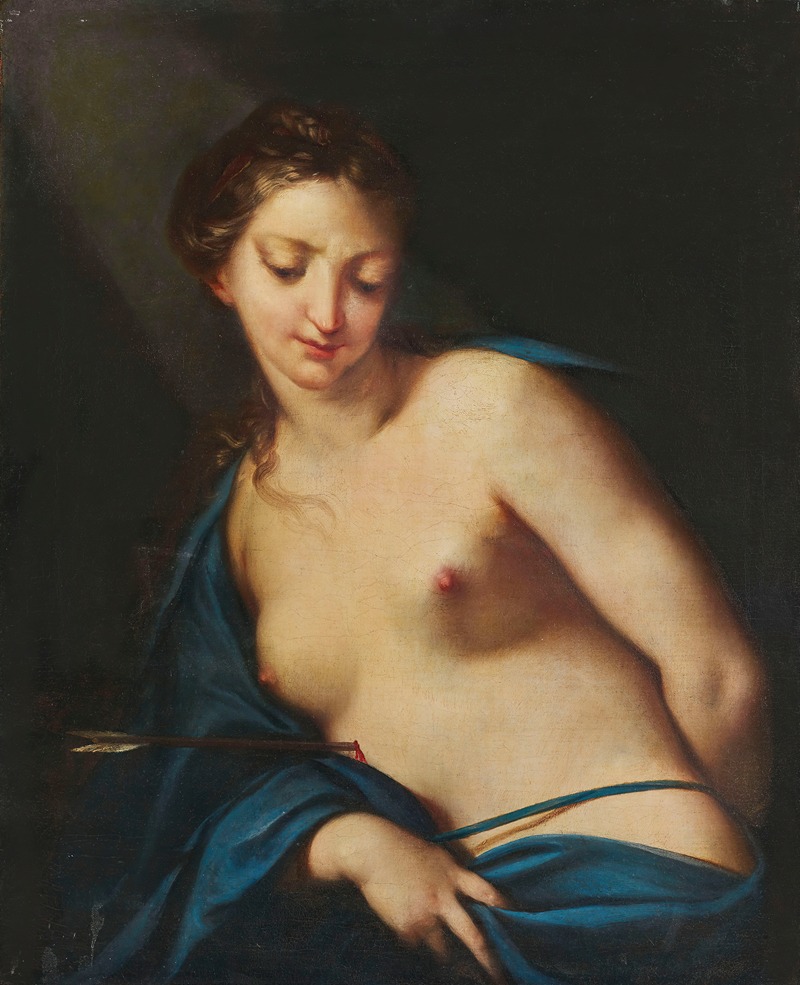

Antonio Bellucci was an Italian soldier who became a painter of the Rococo period and was best known for his work in England, Germany, and Austria. He was one of the many Venetian-trained artists of his time, including Ricci, Tiepolo, Amigoni, and others, who sought commissions north of Italy, providing patrons with the then-popular Italianate grand-manner frescoes for private palaces.
Born and died in Pieve di Soligo. He initially trained with Domenico Difnico in Sebenico (Šibenik) in Venetian Dalmatia (now part of Croatia). By 1675, he was working in Venice, painting St Lorenzo Giustiniani praying for the city’s deliverance from the plague of 1447 (c. 1691) for the church of San Pietro di Castello. He painted a Nativity for the church of the Ascension at Venice. Several of the landscapes of Antonio Tempesta are enriched with figures by Bellucci.
Among his pupils were Antonio Balestra and perhaps Jacopo Amigoni.
In 1692, he completed four altarpieces depicting various saints for the church of Klosterneuburg. From 1695-1700 and 1702- c. 1704, he lived in Vienna. He painted the Triumph of Hercules and other allegorical ceilings at the Palais Liechtenstein for Charles VI.
In 1705-1716, he travelled to Düsseldorf to work for Johann Wilhelm, Elector of the Palatinate, a member of the Wittelsbach family; he worked there almost continuously until his patron’s death in 1716. For Schloss Bensberg, he painted the Marriage of John William with Anna Maria Luisa de’ Medici and Elector Palatine John William Handing the Baton of Command to his Son.
From 1716-1722, Bellucci worked in England, where he fulfilled several commissions for James Brydges, 1st Duke of Chandos, including ceilings at Cannons, the duke's country seat near London; at the neighboring St Lawrence, Whitchurch the paintings of the Nativity and the Descent from the Cross, which are seen on either side of the altar, and the Transfiguration, which is above the Duke’s pew, are attributed to him. There is an almost Romantic self-portrait of Belluci, shirt open, at the Ashmolean Museum, Oxford. The reproduction here does not legibly show that on his breast is written the word 'pictor' (painter), perhaps indicating that to be an artist was his heart's desire. He returned to his native country late in life, and died at Soligo.
More Artworks by Antonio Bellucci


